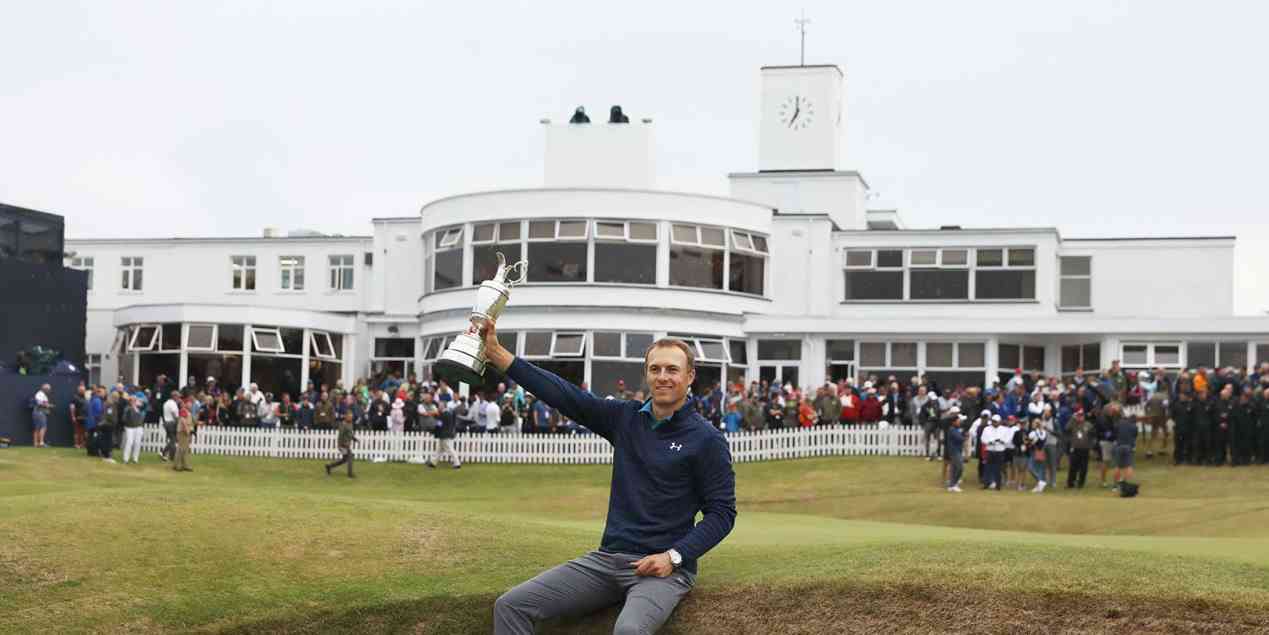CONTACT US

Grooving a repeatable swing. Fact or Myth? (Updated)
An ideal or a fable
One of the golf theories that has stood the test of time, centers on trying to groove a repeatable swing. Which, on the face of it, seems sound enough advice. The view of many teachers & players, is that building a repeatable golf swing is possible(see Mo Norman for example), and there is so much information on the internet about it, that it must have some value I guess.
I don’t know about you, but the concept of a repeating golf swing, isn’t something that strikes the right note in me. I have watched a lot of golf and have seen Phil Michelson for one, in the trees too often to believe in it. As of March 2018, Michelson has 43 wins to his name, and this total is only bested by a few players. I am sure that the 10’s of 1000’s of balls he has hit in practice have been hit, with the intention of trying to make the destination more predictable.
In essence, he and every golfer who ever lived is practicing to try to repeat their best shots. He hasn’t managed it. Neither have those golf range, ball hitting world champions Padraig Harrington and Vijay Singh. They are renowned as the hardest practicing golfers. If they had been able to make their swing repeat, they would surely win more regularly. If a golfer is trying to repeat his swing, it got me wondering by what parameters he is measuring?
Bryson Dechambeau, (below) one of the current crop of brilliant young players follows the doctrine of the infamous book ‘The Golfing Machine’.

Bryson Dechambeau
There has never been a more precise account, of the mechanics of a golf swing ever written. Maybe there never will be. The book is brilliant because of the depth of the descriptions of every facet of the action. My mind must work in a completely different way, because for me it is beyond my comprehension. So far, its been beyond the ability of any golfer to operate like a machine. I asked myself a few questions to see what I could come up with. Such as, what parameters might define the golf swing as 'repeating'? Do the shots, these golfers hit with their repeatable swing, ever land in the same spot twice?
No. It can’t be that then. Can a swing be classed as repeating, if the golfer hits dead in the sweet spot, on every pass? I would say it would, but no human has managed to do that yet either, or do some golfers define a swing as repeatable, because they swing the club back to 'there', and swing it through to 'there'? If that’s the case, that interpretation is quite loose. Are the golfers who are practicing to groove a repeatable action, making the game more difficult for themselves, or does this intention actually make it easier to learn the game? I guess that’s the most important consideration.
For my money, any intention a golfer has, that takes away their concentration from actual club-ball contact, runs the risk of interfering with muscular co-ordination…. and maybe even more importantly, can only increase the randomness of the shots. Playing devils advocate, I guess if a golfer got so good that he could hit the sweets pot on every pass, at least this aspect of the action, could justifiably be called repeating.
Some golfers have got very close to that ability. Also, there is possibly a way for a player to grip in exactly the same place every time. That bit can be classed as repeatable as well. After that though, I am struggling to find any other part of the golfers action that can be accurately repeated. Ben Hogans book, The Modern Fundamentals of Golf, show this image of the golf swing beneath a pane of glass. It described Ben Hogans idea of consistency, and conjures up a mental image of an ideal…. but I only have to think for a moment about a golfer playing a cut shot.
The path of the club would take would break the pane instantly, so that’s no good either. Even if Ben Hogans idea was that the left arm needed to stay below the pane, the club can never stay on the same plane on all shots. However, I would say that it can serve as a strong mental image, for some golfers while practicing though.
'Are the golfers who are practicing to groove a repeatable action, making the game more difficult for themselves, or does this intention actually make it easier to learn the game'?
 Limitations aren't only mechanical
Limitations aren't only mechanical
So does the golfer who is practicing to improve , with this 'repeatability' doctrine in mind, understand its limitations? Or, is the idea of repeatability only an intention, does it really matter because golf is hard to be competent at anyway! Is it closer to the truth, to say that whichever theory a golfer decides to follow during practice, eventually, it finds them arriving at the same destination they would have arrived at anyway.
Isn't it more likely that other factors govern the golfers overall ability, rather than any mechanical action that the golfer adheres to? We know that some people are more motivated than others, some people dream of what they want to do in their life, and manage to do it, while others don’t. Some people have an ability to break though obstacles while others capitulate. Everyone has limits…. and its these limits that actually determine how accomplished a person can be as a golfer, or for that matter, any other calling.
Rather than expertise being accomplished because of a method. If a person has enough of ‘it’, they have half a chance. I hit my limit quite recently when I beat par. Breaking par was something I wanted to achieve. Unexpectedly though, as I was coming down the last hole knowing a wedge to the last green, and a couple of putts would do it, the sense of satisfaction I thought I would feel just wasn’t there. Instead, on the drive home I had a flat feeling.
I had hit so many balls over the last 8 months, trying to figure out everything I needed to do, to help me meet this goal, all the air went out of my balloon when I did it. All the intensity I had when I was striving was gone. I rationalized that I had a business to run, and this became my priority. Soon after, I got a few niggling injuries that curtailed practice anyway, and even though I continued on for a few months, it wasn’t the same.
Drawing from that experience, I realized that without this driving force, it didn’t matter how good an action I had. Even with my push fade, and propensity to top my fairway woods and hybrids when I least expected it, I managed to score sub par. I look back now, and liken it to tour golfers whose round averages are 70-ish. Just occasionally they will throw in a 63, but they aren’t that good, and are equally as likely to throw in a 73 on occasion as well.
Every golfer wants to make his ball flight and its destination more predictable. It makes sense to me to base practice around what we know as fact. That if any of the dynamics of impact are wrong, the chances of success with the shot decreases in the finality though, the golfers skill may only be dependent on his or her motivation for the game.








